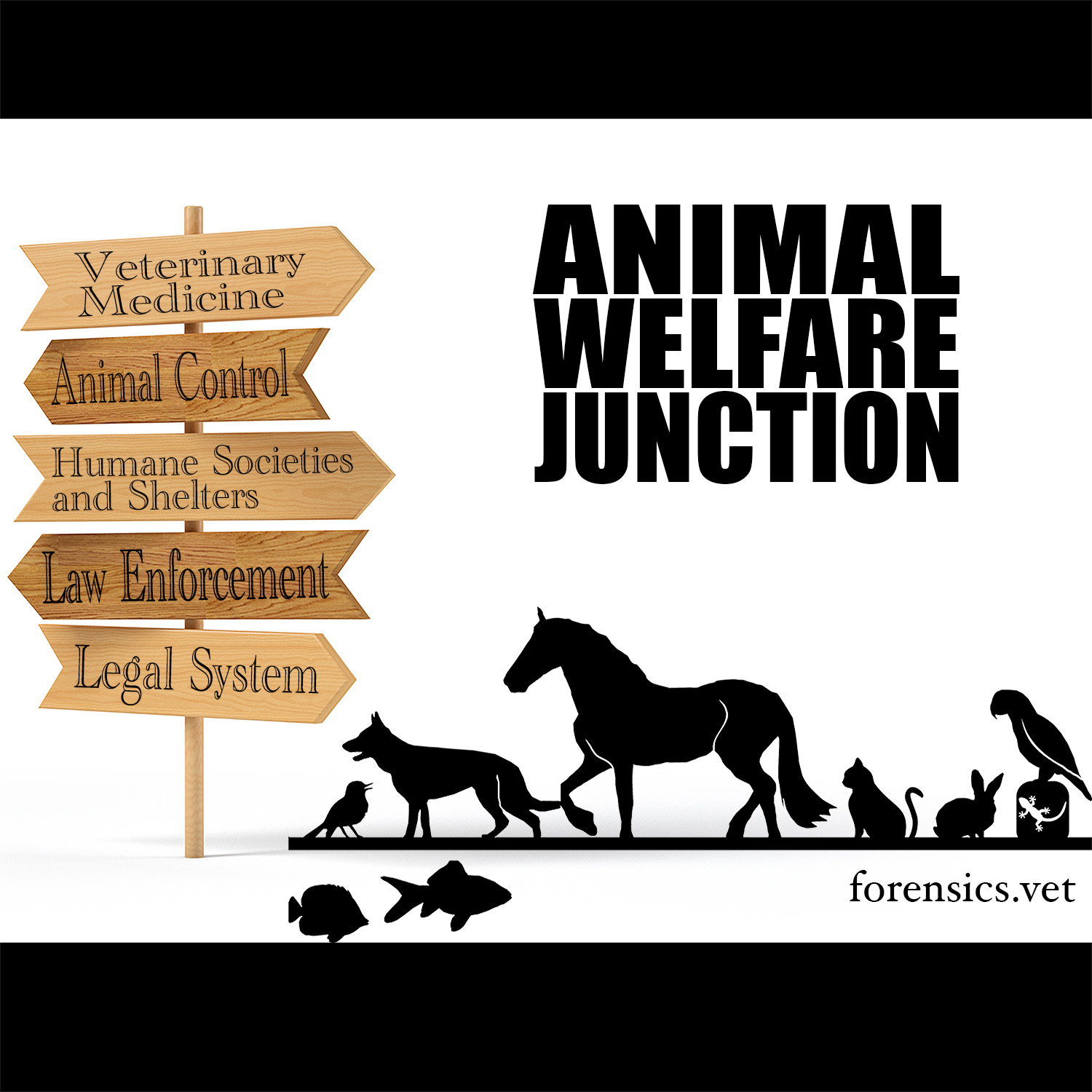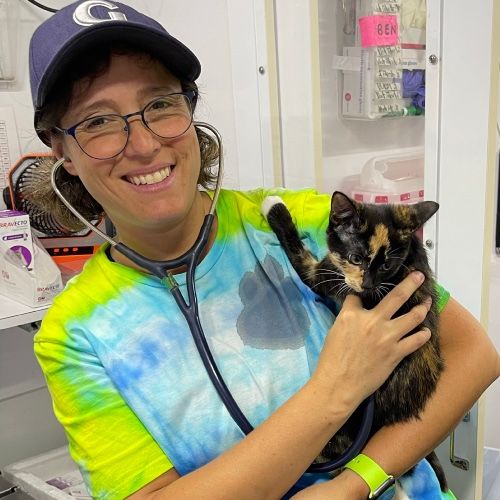UF Animal Forensic Conference 2024 - Shoe Prints and Tire Tracks with Katherine Beck
We are in person at the 2024 Animal Forensic Conference in Gainesville, Florida! Dr. G will be interviewing several of the speakers to give our audience a bit of the knowledge gained through the presentations. We will be releasing each interview individually to allow our listeners to find topics of interest.
Shoe prints and tire tracks can help place individuals at crime scenes. To learn more about this we interviewed Katherine Beck from the Alachua County Sheriff's Office.
We would also like to invite our listeners involved in animal cruelty investigations to visit and join the International Society for Animal Forensic Sciences https://isafs.org/
Mentioned in this episode:
Keep it Humane Podcast Network
The Animal Welfare Junction is part of the Keep It Humane Podcast Network. Visit keepithumane.com/podcastnetwork to find us and our amazing animal welfare podcast partners.
Transcript
Our next guest is Katherine Beck from the Alachua, did
2
:I pronounce that correctly?
3
:Alachua, uh, County Sheriff's Office.
4
:Thank you for being here at the junction.
5
:Yeah.
6
:So can you tell us what your
background is and how it, it
7
:involves the field of forensics?
8
:Katherine Beck: Um, yeah, I was a
CSI for about nine years and then
9
:I have been a supervisor for, um,
about five years now at the Sheriff's
10
:Office for the Crime Scene Unit.
11
:DrG: Excellent.
12
:And what was your topic today?
13
:Katherine Beck: Shoe
prints and tire tracks.
14
:DrG: Excellent.
15
:I did, uh, the Forensic Science, uh,
Master's at University of Florida.
16
:So, I got to learn some
of like, what it's used for.
17
:So, I mean, overall, what can shoe
prints and tire tracks tell us?
18
:Katherine Beck: Um, it can tell us a lot.
19
:I mean, we can actually, if there's enough
detail, you can identify a suspect, um,
20
:and trace the shoe or the tire back to,
you know, the individual, um, person.
21
:But it can also tell you how many
people were there, where they
22
:went, um, that kind of stuff.
23
:DrG: So normally, from, I mean, from
cases that we work on, we're trying to
24
:say that somebody was at a scene, but
are shoe prints and tire marks about just
25
:exclusion, inclusion, or is it about both?
26
:Katherine Beck: Um, it's both because,
I mean, if you have, um, you know,
27
:eyewitness testimony or, uh, surveillance
video or something, um, and you have
28
:a particular person that's, you know,
they're wearing a certain type of shoe
29
:and, you know, you have a suspect that has
a different kind of shoe and it doesn't
30
:match then you can exclude them basically.
31
:DrG: So how, how does it work as
far as collecting the, the samples?
32
:Katherine Beck: Um, first you want
to document it with photographs.
33
:Um, there's a lot of that goes into that.
34
:You're going to use a tripod and set
up the camera, um, and use oblique
35
:lighting, um, and you know, make sure
that you document the entirety of
36
:the, the shoe print or tire track.
37
:Um, but then you can also cast
it using dental stone, um, and.
38
:That basically takes a 3D impression
of, of the shoe print or tire track.
39
:DrG: And, and what do you
have to compare it to?
40
:Like, are there standards, or is
there a database, or what do you use?
41
:Katherine Beck: Um, there is
a database, but we also like
42
:to collect, uh, standards.
43
:If you have, uh, a known suspect, um,
at some point in your investigation,
44
:to collect the standard from
either the shoe or the tire.
45
:Um, again, either photographs
or, you know, you can, um,
46
:ink them or, um, there's other
ways to go about that as well.
47
:DrG: I think that we think about shoe
prints and tire tracks as far as like
48
:the indentations that they leave on the
ground and in places and objects, but
49
:can you retrieve tire, tire marks and
footprints from like individuals, like
50
:victims, animal victims or human victims?
51
:Katherine Beck: Yes,
um, in theory you can.
52
:Uh, I think it would probably be
more difficult on animals just
53
:because of the fur and everything.
54
:But, um, you definitely can if there's
enough, you know, pressure and there's
55
:an indentation or, um, you know, even
bruising or something, um, if it was
56
:done, you know, perimortem, perimortem.
57
:Um, then you can definitely, you
know, obtain tracts or shoe prints
58
:DrG: from them.
59
:So do you think there is or there
would be use in being able to lift,
60
:like, animal prints, uh, going forward?
61
:Katherine Beck: Um, I think
it's an interesting concept.
62
:Um, I think it would be useful as
far as telling, like, maybe where the
63
:animal went or where they had been.
64
:Um, I, I don't think that it would,
I don't know, I should say, that if
65
:there's um, identifying features as far
as, you know, uniqueness there, um, like
66
:fingerprints to humans that I don't know
that there is for animals, but it would at
67
:least, you could, I'm sure, tell what type
of animal and species, that kind of thing,
68
:and obviously, yeah, where they've been.
69
:DrG: Excellent.
70
:Well, thank you so much for giving us
your time, and thank you for being here.
71
:Katherine Beck: Thank you.

